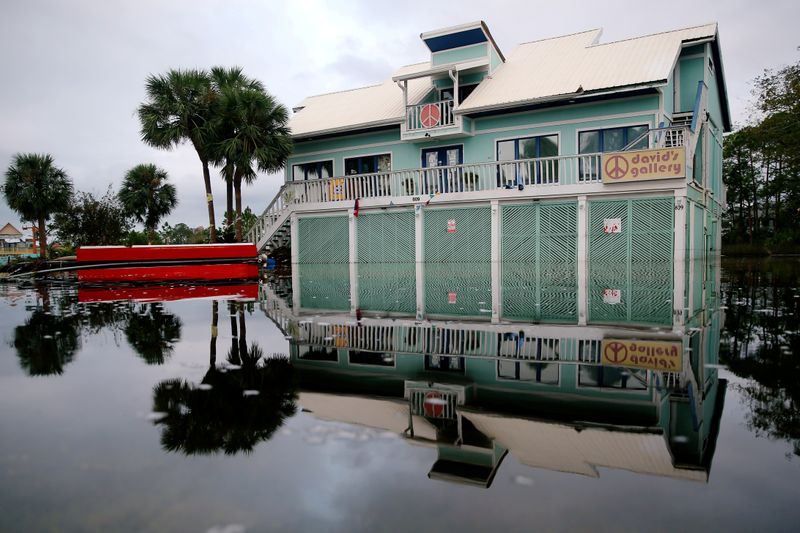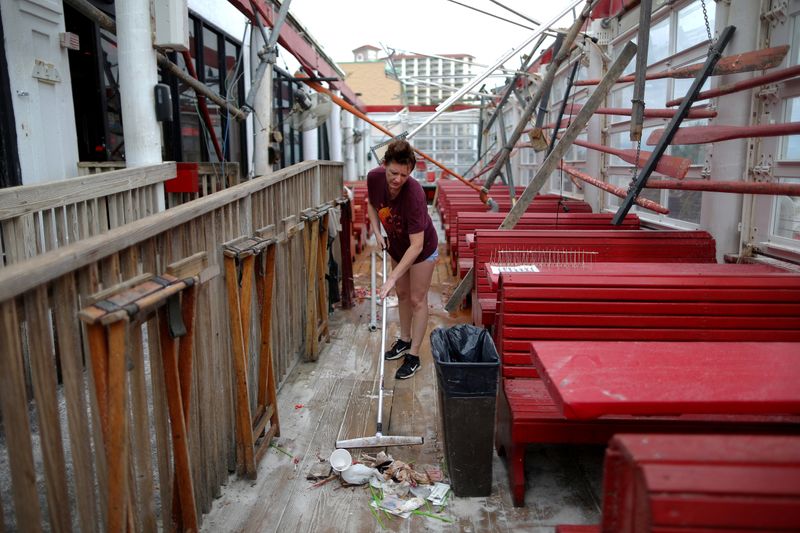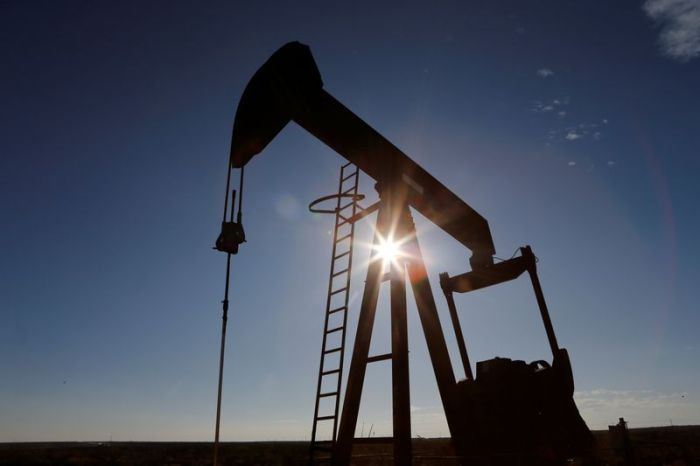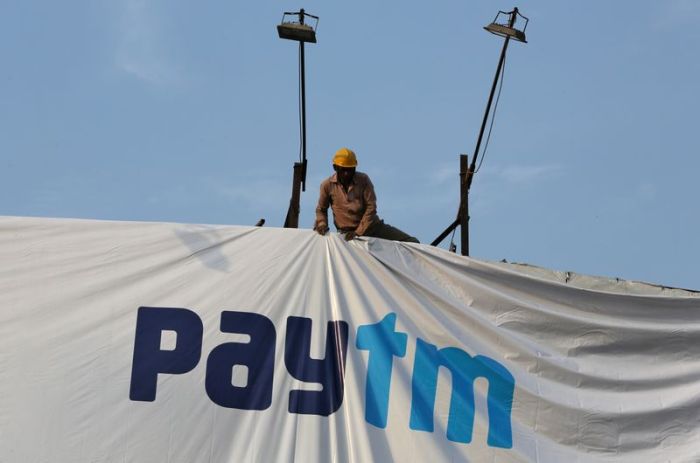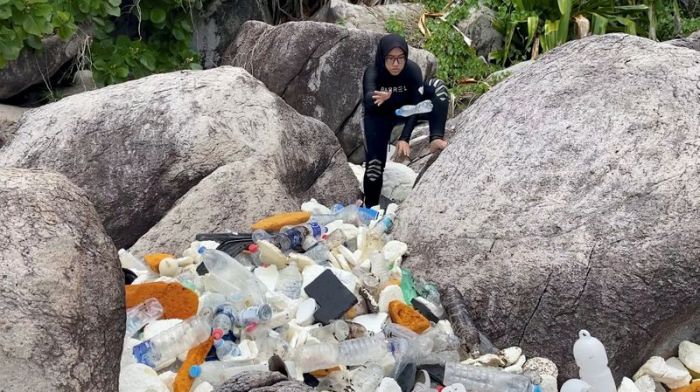PENSACOLA BEACH, Fla. (Reuters) – Hurricane Sally made a direct hit on the U.S. Gulf Coast this week, dealing a blow to a popular tourist destination already reeling from the coronavirus pandemic. In the storm’s aftermath, many bar and restaurant owners were breathing a sigh of relief the damage was not worse.
Sally bulled its way through this stretch of beach towns and condos in Alabama and Florida, making landfall on Wednesday as a powerful Category 2 hurricane and bringing extensive floods that destroyed numerous piers and caused two riverboat casinos under construction to break free of their moorings.
Max Murphy, general manager of Crabs, a seafood and steak restaurant in Pensacola Beach, Florida, said the hurricane’s late eastward turn left residents unprepared.
“Everyone in the community expected it to keep going straight west to New Orleans or Gulfport (Miss.), but it took that turn so we weren’t really prepared,” Murphy said. “I didn’t even get the plywood up on my windows, because I wasn’t expecting it to come here.”
The damage from Hurricane Sally could range from $8 billion to $10 billion, well above earlier estimates of $2 billion to $3 billion, said Chuck Watson of Enki Research, which tracks tropical storms and models the costs of their damage. The hit to tourism revenues may not be fully known for months.
The U.S. leisure and hospitality industry has been hit hard by the coronavirus pandemic, which has killed nearly 200,000 Americans. The Gulf region is a popular driving destination for the entire Southeast and Texas, peppered with restaurants, casinos and amusement parks.
Baldwin County, Alabama, where the hurricane made landfall, was the state’s most-visited county in 2019, according to the state tourism bureau, bringing in $1.7 billion in travel-related revenue.
In the Pensacola region, approximately 22,900 people were employed in that industry in August, a 13% drop from March, according to the U.S. Bureau of Labor Statistics.
After seeing a big drop in business this spring due to COVID-19 lockdowns, tourism in the Florida panhandle was “on the path to recovery” prior to Sally, with hotel occupancy as strong as in 2019, said Tarik Dogru, assistant professor of hospitality management at Florida State University, who expects Sally’s impact to be relatively short-lived.
Mike Bose, a manager at the Flora-Bama beach bar in Perdido Key, Florida, which hugs the Alabama state line, said the damage was still being assessed. More than 24 hours after the storm made landfall, parts of the restaurant were still flooded.
“We got quite a bit of water damage throughout, which we’re working on today,” Bose said. “There’s no telling at this point what the cost is to get back on track.”
Some tourists and visitors say the hurricane has scared them away from a return visit. Toni Galloway from Kansas City, Missouri, was visiting the Gulf area when Sally struck.
“This was my first hurricane. I wouldn’t want to weather another one. It’s frightening. I will have to think long and hard about returning to the Gulf Coast,” she said.
Murphy, the Crabs general manager, said the damage from this hurricane was less extensive than others like Hurricane Ivan, which hit 16 years ago at Category 5 strength. “That’s enough damage for the season. We don’t want anymore. We got lucky, we really did.”
John Perkins, 71, got to Gulf Shores, Alabama, on Sunday night from Tennessee to attend a wedding. Instead, he found himself hunkering down with his wife as the winds blew for hours.
“I told my wife – we can mark this off our bucket list. We rode out a hurricane,” he said.
(Reporting By Devika Krishna Kumar in Pensacola, Florida; additional reporting by Jennifer Hiller in Houston; Writing by David Gaffen; Editing by Timothy Gardner)

